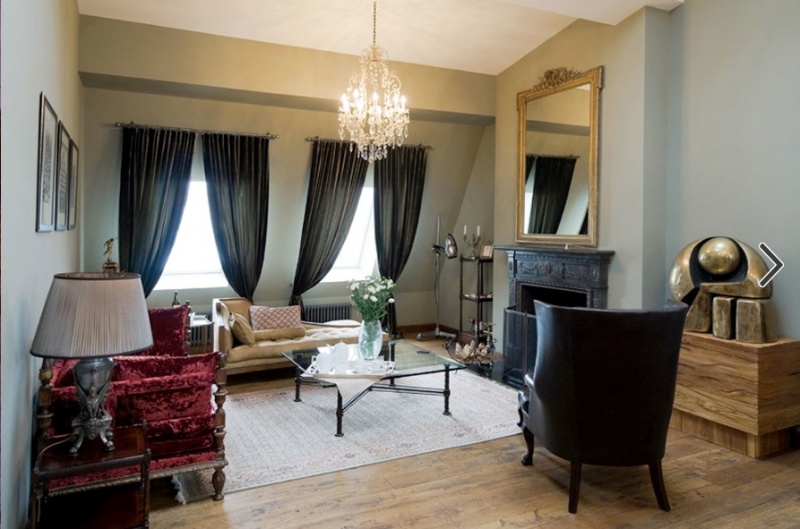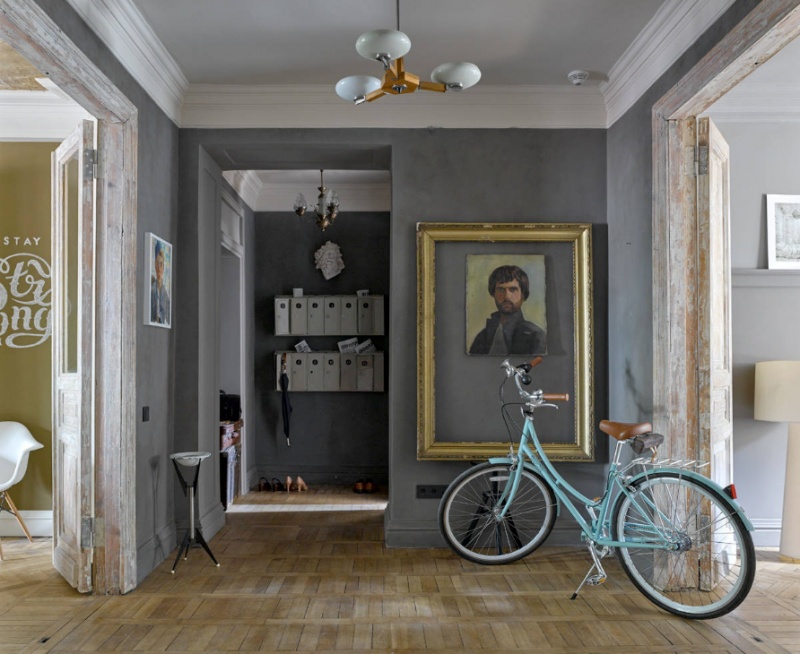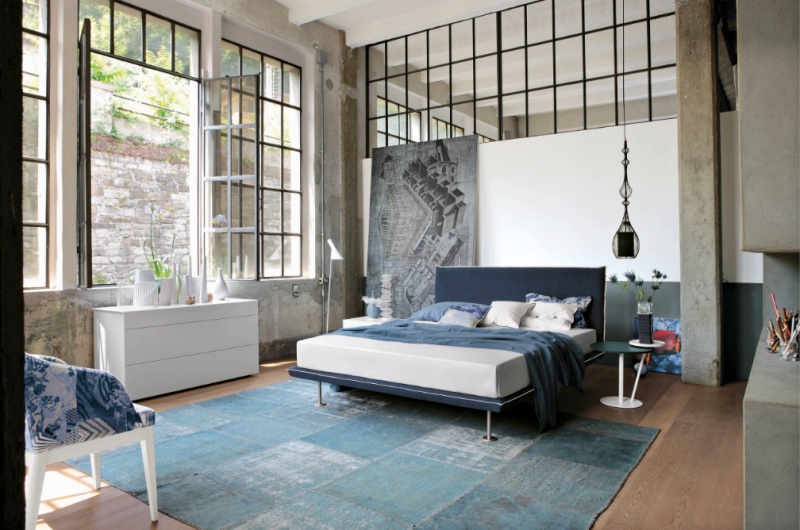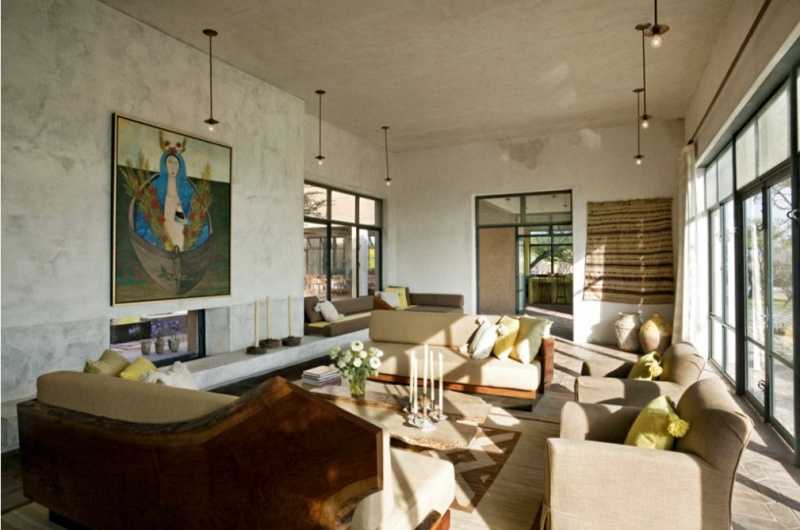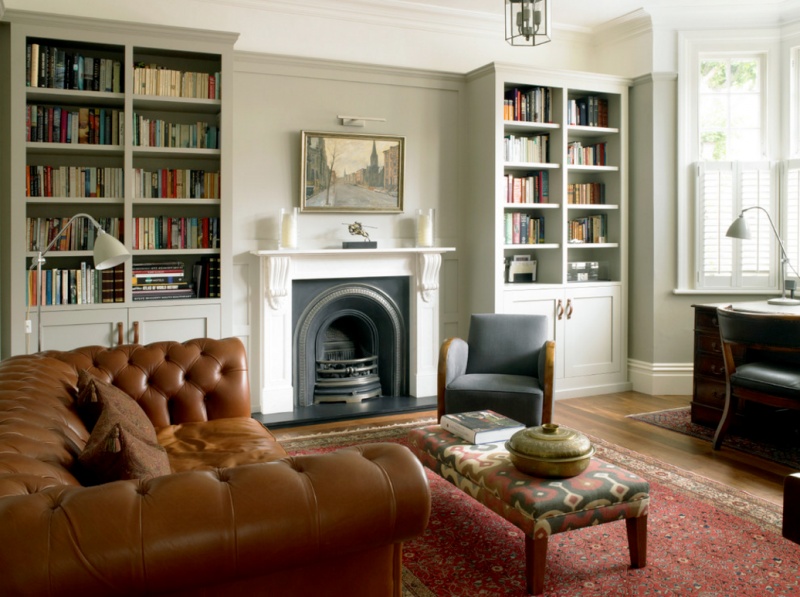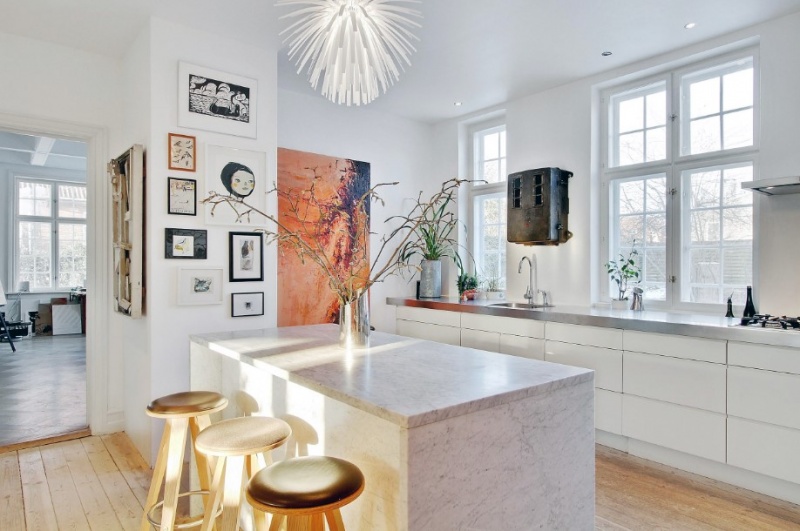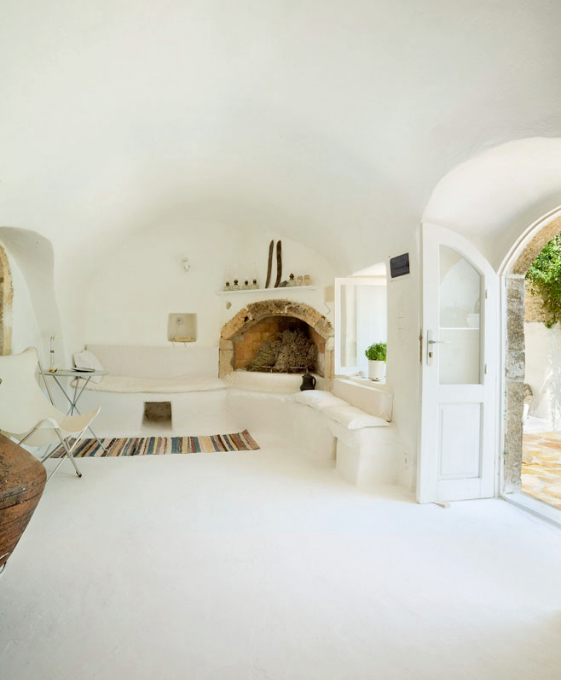By Diana Olick
Rents are soaring and demand for apartments is historically high, but some developers and landlords are overestimating the strength of the U.S. apartment market — and paying for it in quarterly earnings.
Others are warning that the second half of this year will be even tougher.
Construction of new multifamily units has been robust over the past five years, far outpacing that of single-family homes, but most of the product is in pricey markets and pricier neighborhoods, not in areas where demand is highest. That is because the costs of land and construction rose.
"Any time the numbers will work, developers will build. That's what happened in San Francisco and New York. Land prices and construction costs went up so much, the only thing you could build was high-end apartments," said Alexander Goldfarb, senior REIT analyst with Sandler O'Neill, which currently has a hold rating on all the apartment REITs it covers.
That is precisely why Equity Residential missed expectations so badly in its second-quarter earnings and revised its outlook lower yet again. After exiting the Florida market, the bulk of its holdings are in San Francisco and the New York City area.
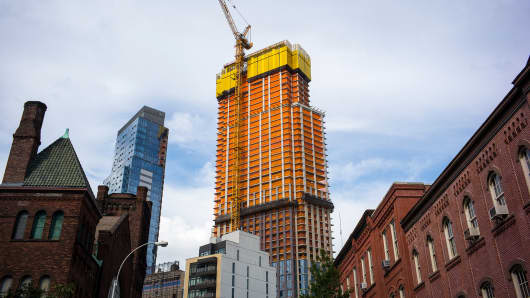
Robert Nickelsberg | Getty Images
An apartment building under construction in Brooklyn, New York.
"Clearly 2016 will not turn out to be the year we had originally expected due to deteriorating market conditions in San Francisco and New York City, which combined made up 50 percent of our initial growth forecast for the year," Equity Residential CEO David Neithercut said on a quarterly earnings call this week. "These markets have turned to become quite volatile."
Boston, Washington, D.C., Seattle and Southern California are performing better for Equity Residential, but that is not where they expected the most growth. Oversupply is part of the problem, but jobs, especially high-paying jobs, are weighing on all the apartment developers.
AvalonBay had a reasonably solid quarter; it benefits from having a mix of products in both higher-priced markets as well as close-in suburbs. Still, there is concern that the market overall is softening.
"This trend appears to be largely demand-driven as economic and job growth fell short of expectations for the first half of the year, and declining business confidence and investment no doubt was a contributing factor as recent uncertainty and global events have left businesses hesitant to make new commitments," AvalonBay CEO Timothy Naughton said on the company's earnings call this week.
The same is true of Essex Property Trust, which outpaced its peers in the second quarter but lowered some guidance for the second half of the year.
"Northern CA is underperforming: the company lowered its '16 market-level rent forecast to 3.8 percent (-270bps vs. prior), with San Francisco now at 2.5 percent (-380bps vs. prior). This is being offset by steady growth in southern CA (market-level rent forecast left unchanged at 5.5 percent) and acceleration in Seattle," Cantor Fitzgerald analyst Gaurav Mehta wrote.
While rents are still rising nationally, concessions are now the rule more than the exception. AvalonBay gave renters four times the monetary concessions in the second quarter of this year compared with those of a year ago.
If you start offering two months free, a $3,500 a month apartment is now $2,900, Goldfarb said. "There is a cascading effect down," he said.
UDR is somewhat better positioned than others, with properties in Texas, Nashville and Florida. Executives there tightened their earnings outlook for the rest of the year, rather than giving some leeway in an increasingly volatile market.
"That inaction is a small, and likely deliberate, show of force in a space that is increasingly jittery over supply, absolute rent levels, asset pricing, and the potentially wobbly employment backdrop," David Toti, a REIT analyst with BB&T, said in a note to investors.
Thousands of new units are set to come on line next year, the vast majority on the higher end. On the bright side, noted Goldfarb, after the current wave of construction, only those developers with strong banking relationships will be able to build.
Commercial lending has tightened dramatically, and the loans are getting smaller. That will mean less construction and a more balanced market on the high end. The trouble is, that tightening also hits affordable rental housing, which is most in need.





